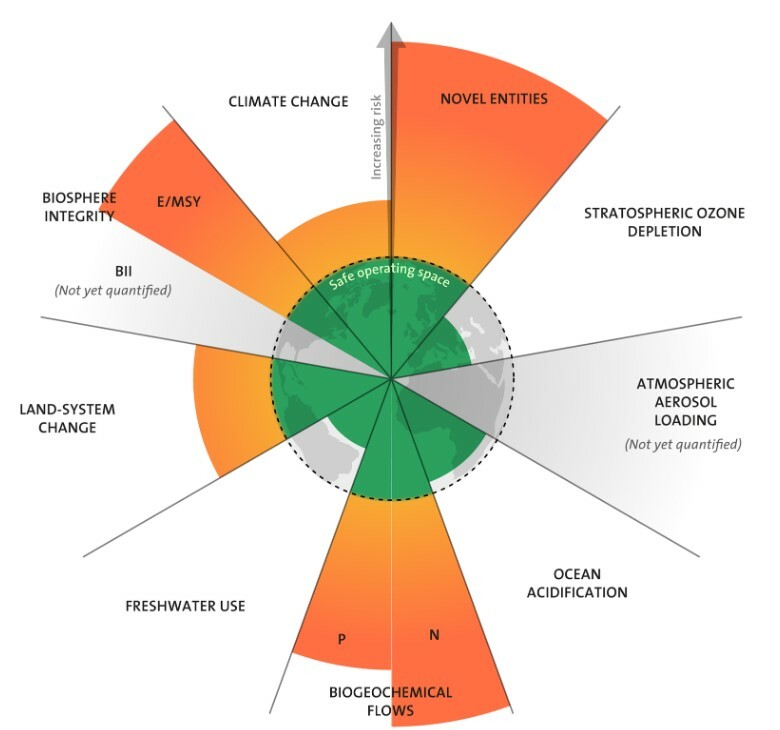We are going to be talking a LOT about climate change in these posts. There is so much you need to know but lets ease into it a bit and talk about a recent presentation I gave at the California Society of Association Executives (CalSAE) when I got to join Heather Wetzler (follow her on Twitter at @heatherwetzler) and Kiki L'Italien ( @kikilitalien) on a panel regarding workforce challenges.
Look, we have all been dealing with a severely disrupted workforce for a few years now but I have some bad news - we aren't "getting back to normal." There is no "normal" to return to anymore. There won't even be a new normal. There will only be the "next normal." Climate change itself is going to provide a myriad of challenges for all employers globally, and the United States is not immune to the forces coming at us.
But if you want just a few ideas on how to begin thinking about the more climate adapted workforce of the future, here are a few simple ways to start.
1. Stay Remote. Remote work is key to helping cut our global carbon emissions. If you have embraced remote work for your association, stop thinking you must “get back to the office.” Take the lessons you have learned, the savings you could get by not paying your office leases and move forward into the future instead of backward. Help your members embrace remote work for their businesses and private practices. Some things must be to be done onsite, but many other things do not.
2. Develop a Scenario Mindset. We have passed 5 of the 9 planetary boundaries. These are tipping points in the biosphere. The future will no longer play out on a linear, predictable timeline. You need to be carefully watching your member’s industries and professions, and encouraging them to a) stop contributing to the problem and b) help them think through what happens when their operations suffer the adverse impacts of climate change such as reduced food and water supply, disruptions in the supply chains, the inability to obtain raw manufacturing materials, etc. You can view the full report here.

3. Develop Resilience. You need to be intentionally developing educational programming around resilience. For individuals that means mental, emotional and physical resilience. For companies and organizations that means distributed decision making, a nimble strategic approach, and deeply meaningful networking opportunities so people can pull together and offer assistance to each other.
4. Deep Adaptation. Learn about the 4 tenets of deep adaptation. Talk about them and use them as a framework to guide your decision making. The four tenets are:
· Resilience: what do we most value that we want to keep, and how?
· Relinquishment: what do we need to let go of so as not to make matters worse?
· Restoration: what could we bring back to help us with these difficult times?
· Reconciliation: with what and whom shall we make peace as we awaken to our mutual mortality?
5. Learn to Bend. Trees are strong, but they are also flexible. Like them, we need to learn to bend and to sway in the wind. Draw your red lines beyond which you will not go and then release the rest. We can help ourselves heal, or at least face the day, with art, music, books and the company of good friends and family. Find the deeper meaning in the more mundane aspects of your life and you will find the joy that is concealed therein.
Do you have suggestions for a more resilient workforce? Reach out and let me know!
